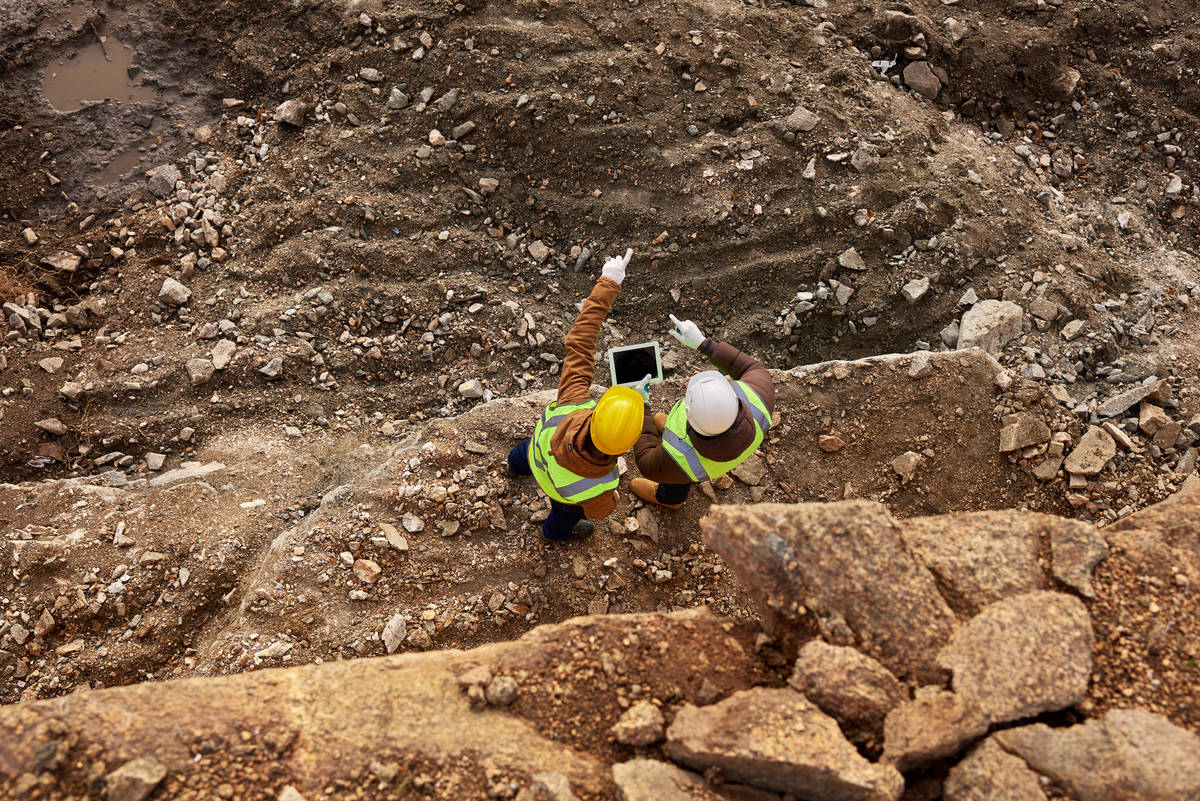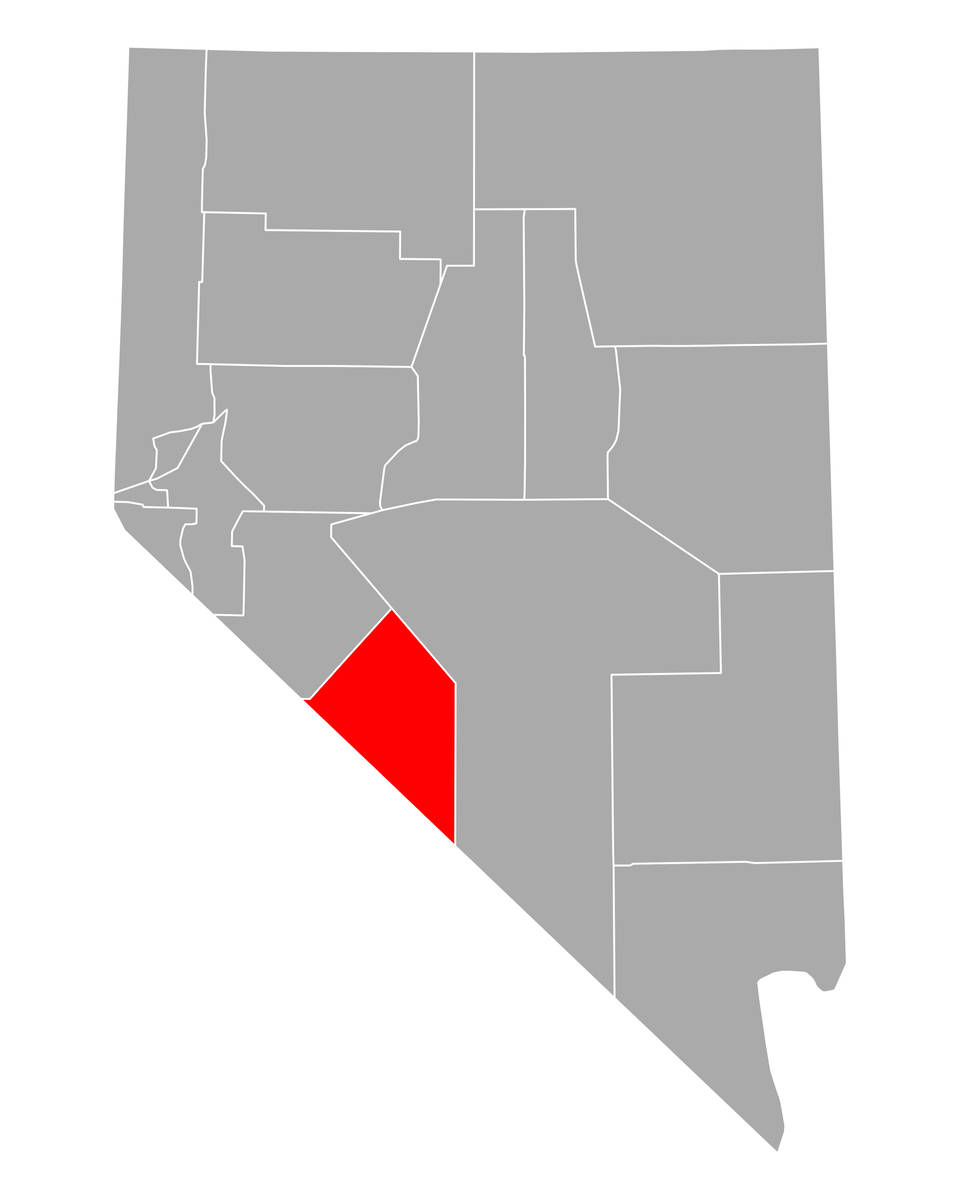Canadian-based company enters agreement on Nevada mine
Navy Resources Corp., a Canada-based exploration company, entered into an agreement with Nevada Select Royalty Inc., a subsidiary of Ely Gold Royalties Inc., that will allow it to purchase the Weepah Project, along the Walker Lane Gold belt in the major Nevada mining district.
The Weepah Project is in Esmeralda County and can be accessed from Highway 95. Over the years, the Walker Lane Gold belt has seen exploration activity from major and mid-tier companies such as AngloGold, Coeur Mining, and Hecla Mining. Historically, the Walker Lane has produced large quantities of gold and silver from such notable areas as Virginia City, Tonopah, Goldfield, and Aurora mining districts.
Navy Resources Corp. plans a program designed to explore the full potential of mineralization away from the main occurrences, according to the documents. The program will include both grid-based soil samples in the shallow pediment and areas of poorly exposed bedrock as well as extensive rock chip channel samples.
Navy Resources Corp. expects to complete its surface work by the second quarter of 2021 and begin drilling within the second to the third quarter of that year.
According to the documents, Navy Resources Corp. has up to five years to acquire 100 percent interest in the Weepah Project that totals 590 hectares, and consists of 76 unpatented claims and one patented claim, by making cumulative cash payments of $1 million and cumulative share payments of 500,000 common shares in the capital of the company.
From 1935 to 1939, Weepah Nevada Mining Co. produced gold from 305,000 metric tonnes grading 5.8 g/t from an open pit and underground workings for a total of approximately 57,000 ounces, according to Ely Gold report.
From 1986 to 1987, Sunshine Mining Co. produced at various grades approximately 60,000 ounces of gold averaging 3.1 g/t from an open-pit mine.
The gold mineralization at the Weepah Project is situated within two broad shear zones, according to the documents.
The western shear zone was the area exploited by the small open pit and by adjacent underground workings and has hosted most of the historic gold production. The eastern shear zone was exploited by minor exploratory workings.


















